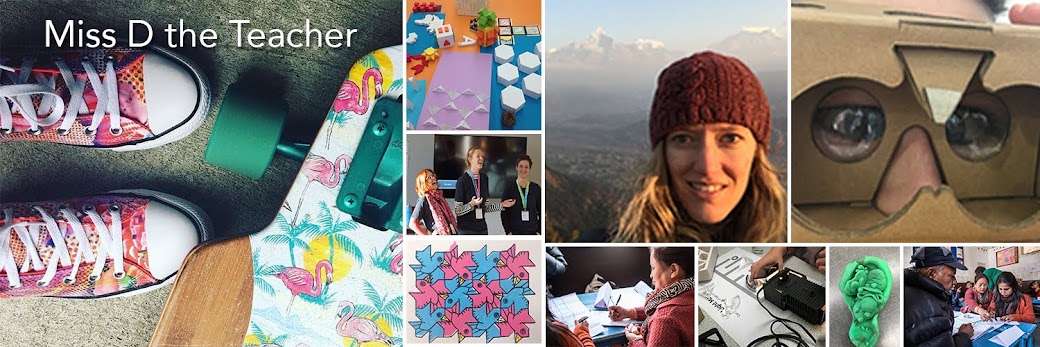I joined Twitter in 2011 because I couldn't find a job. A very wise man suggested that I make a website to show off my e-learning skills. Apparently e-learning know how was a bit of a commodity. I did make a website, but I didn't have very much to put on the website. So I created a Twitter account to embed on the website. I tweeted a few educational tweets and then went looking for a few other education tweets to retweet. I found so much more than I bargained for. I started participating in Twitter chats #edchatUK, #byotchat, #flipclass and #pblchat. Inspirational stuff and right on trend!
 But New Zealand is little when compared with the world wide web. I had found a few New Zealand tweetchers but knew there had to be more out there. And it was hard finding them. So in October of 2012, I took a leap of faith. I started a hashtag, #edchatNZ, so that I could find New Zealand educators on Twitter better. I realised that the most used hashtags were the ones that had regular chats associated with them. When in doubt, I always google things... I googled, how to host a Twitter chat. I set a date, and then started promoting. I used the PPTA Twitter account to track down New Zealand teachers with a lot of followers and asked them to retweet my 'add' for a New Zealand Twitter chat and hashtag (thanks Claire Amos and Michael Fawcett for their early support to get us off the ground). The night of the first #edchatNZ Twitter chat finally arrived. It was like having a party and being worried that nobody will show up. But the New Zealand teachers showed up. And they have been showing up every fortnight since. We have even trended on Twitter New Zealand, out tweeting the royals and the Twilight movie Eclipse.
But New Zealand is little when compared with the world wide web. I had found a few New Zealand tweetchers but knew there had to be more out there. And it was hard finding them. So in October of 2012, I took a leap of faith. I started a hashtag, #edchatNZ, so that I could find New Zealand educators on Twitter better. I realised that the most used hashtags were the ones that had regular chats associated with them. When in doubt, I always google things... I googled, how to host a Twitter chat. I set a date, and then started promoting. I used the PPTA Twitter account to track down New Zealand teachers with a lot of followers and asked them to retweet my 'add' for a New Zealand Twitter chat and hashtag (thanks Claire Amos and Michael Fawcett for their early support to get us off the ground). The night of the first #edchatNZ Twitter chat finally arrived. It was like having a party and being worried that nobody will show up. But the New Zealand teachers showed up. And they have been showing up every fortnight since. We have even trended on Twitter New Zealand, out tweeting the royals and the Twilight movie Eclipse.
So in an effort to plan the first #edchatNZ conference, we are asking the conference attendees what they would like at their conference. And we are even getting their input on the dates. Of course we will invite the #edchatNZ teachers to participate as well through hosting workshops or even giving key notes.
But this conference isn't just for the educators who are already regular users of the #edchatNZ hashtag. The goal has always been to unite New Zealand educators. So as well as aiming to provide a high quality, on trend conference, we are also hoping to do it for under $20. Preferably under $10. This means that student teachers, provisionally registered teachers and long term relief teachers whose schools often don't want to fund PD, might still attend. #edchatNZ is about building a community of connected, supportive, inspirational educators who are willing to share. And everyone is welcome.
Will you be attending our conference? You can vote for your preferred dates, topics and keynotes here. Or will you start a hashtag? What could you do to build a community that inspires yourself and others every day?






















